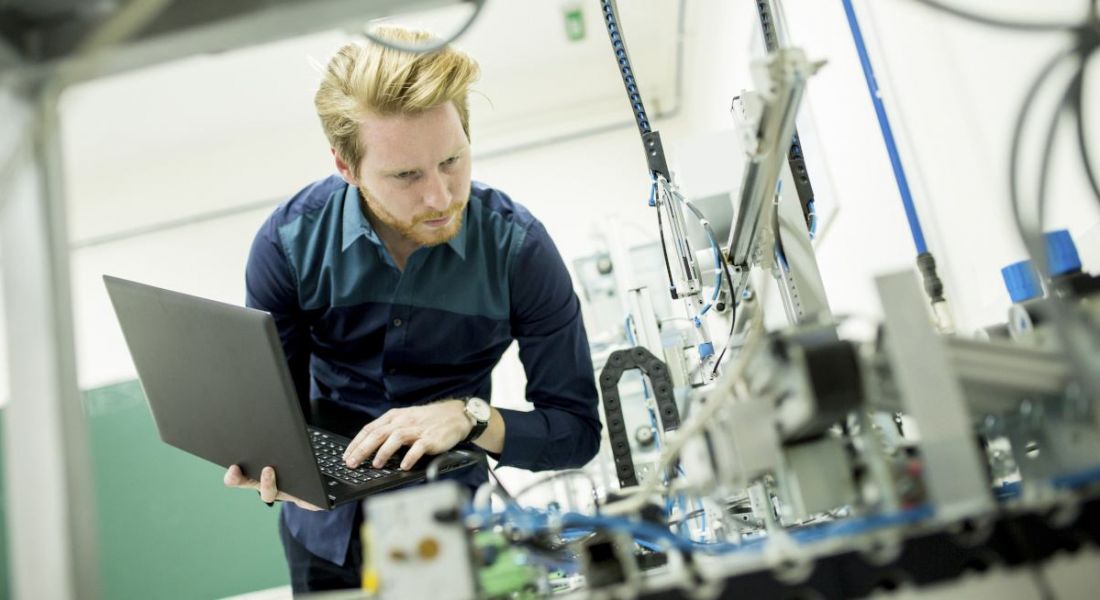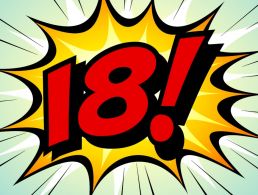Four engineers working at Intel discuss their own career journeys and what led them to the world of engineering.
As another Engineers Week draws to a close, we have examined some of the many facets of what it means to be an engineer, from their important role in creating a sustainable future to the skillsets you might need to work in the industry.
We also profiled many professionals working in different roles, highlighting the diverse backgrounds engineers can have. Here, we hear from four engineers working at global chipmaker Intel about their own varied career journeys and what led them to the engineering roles they now have.
‘Little background in computers or engineering’
Gordon Kelly is a solution architect in the networking processing group at Intel. He joined the company in 2014.
“Upon completion of my Leaving Cert back in 2000, I commenced a four-year electrical apprenticeship,” he said. “I worked on industrial and commercial electrical installation around Ireland for 10 years, including many power and pharmaceutical plants, until I was made redundant in 2010 due to the global recession.”
Kelly then decided to upskill with a college course. His first choice was energy engineering, but this course was full and electronic and computer engineering was suggested instead.
“To say that I was sceptical at first would be to put it mildly as I had little background in computers or engineering, but I found out that I enjoyed learning about the technologies that underpin the ICT industry and qualified with a level eight degree in 2014 from GMIT. I started work in Intel Shannon two weeks later.”
From psychology to engineering
Bridget Masterson is an ergonomics engineer in environmental health and safety. “I risk assess all sorts of tasks – from lifting, to scrubbing, to some very challenging awkward postures in tight spaces,” she said. “Technological advancements, such as augmented reality and smart software, allows me to do my job much more efficiently.”
Interestingly, Masterson’s third-level education began with a degree in psychology. “I have always been interested in why people do what they do, and this was a great foundation into human behaviour,” she said.
“I then pursued a master’s in ergonomics and safety engineering at the University of Limerick ,which gave me a strong engineering focus. Ergonomics and human factors are a synthesis of behaviours and engineering – a common explanation is that we ‘fit the task to the person’.”
At the start of her career, Masterson worked as an expert witness in forensic engineering. “Our firm prepared expert witness reports for employer liability claims and motor accidents. The documentation skillset and data and evidence required for court cases was great preparation for working at Intel.”
‘A very untypical journey’
Michael Nolan works as a software modelling manger in the IoT group. He has been with Intel for more than 20 years, having started as an intern in 1998.
“I worked in an on-site call centre providing IT support for staff,” he said. “It was scary work as it was so different to my life experience at the time, but also very exciting to get a first taste of working in the technology sector.”
Nolan graduated from University of Limerick with first-class honours in IT and telecommunications. He then did a master’s in computer science in University College Dublin in 2014 to learn about AI, recommender systems and machine learning.
“I have had a very untypical journey in my time at Intel. I spent my first 10 years in data centre operations supporting the fabs in Leixlip,” he said.
“In that role I got to design and fit out new data centres in Ireland and in Arizona. I travelled a lot to the US to learn about rolling out new factory infrastructure at scale and I used to run shutdowns on the Ireland site, where we took the fab down for extended periods to carry out application and infrastructure upgrades in the data centre.”
From there, Nolan moved into Intel’s innovation centre, where he worked on many EU-funded projects. Over time, his interests moved from cloud to edge computing. “I completed that transition by taking a role as a software modelling developer in Movidius about two years ago, becoming a people manager a few months ago,” he said.
‘Engineering never seemed like an option’
Patricia Cahill is a software engineer in the network processing group, focusing on cloud-native technologies. However, it’s not a role in which she originally saw herself.
“I went to an all-girls convent secondary school, where the only technical subject was woodwork. I did this subject for the junior cycle, but there was no option to continue with it in the senior cycle. So, at that time doing engineering just never seemed like an option,” she said.
“In 2000, after my Leaving Cert, I enrolled in DKIT to study business studies. After a year I realised that wasn’t the course for me, so I left. Then in 2013, I decided to do a Springboard course in computer and electronic engineering in GMIT.”
After a few weeks, Cahill was hooked and knew she wanted to further her education in computer and electronic engineering.
“One of the hardest obstacles I had to face returning to college was that I had two small children,” she said. “The college was so supportive, if I needed to move group or couldn’t attend a lecture or lab with genuine reason they understood and never held it against me.”
However, Cahill said for anyone thinking of changing path, they should go for it. “It’s OK to try different paths and if they don’t work out, it’s ok to change. Just because one job failed, it doesn’t make you a failure, it makes you stronger and a little wiser,” she said.
“My path to engineering was a long one, winding one, sometimes rough one, but I got there in the end.”




